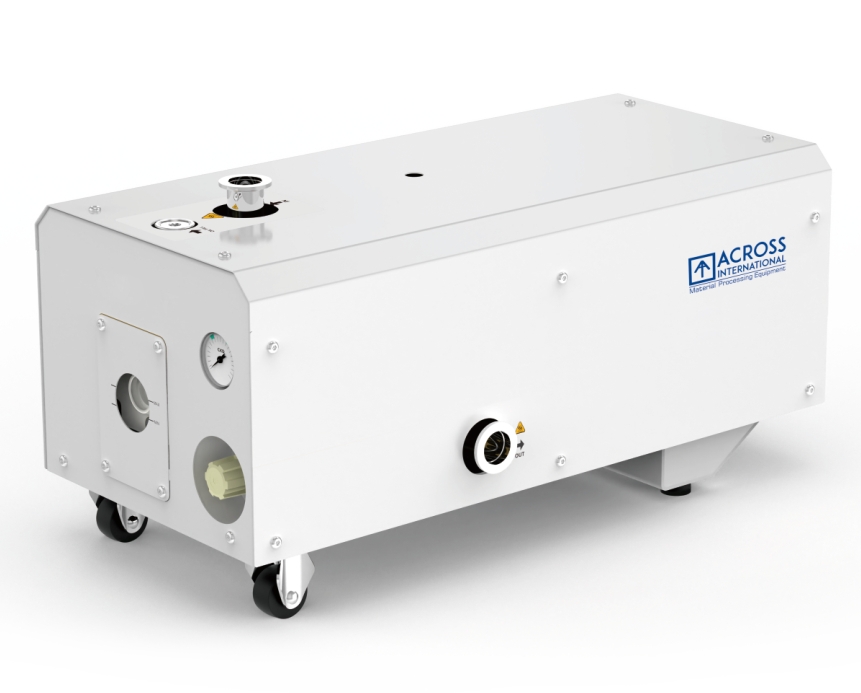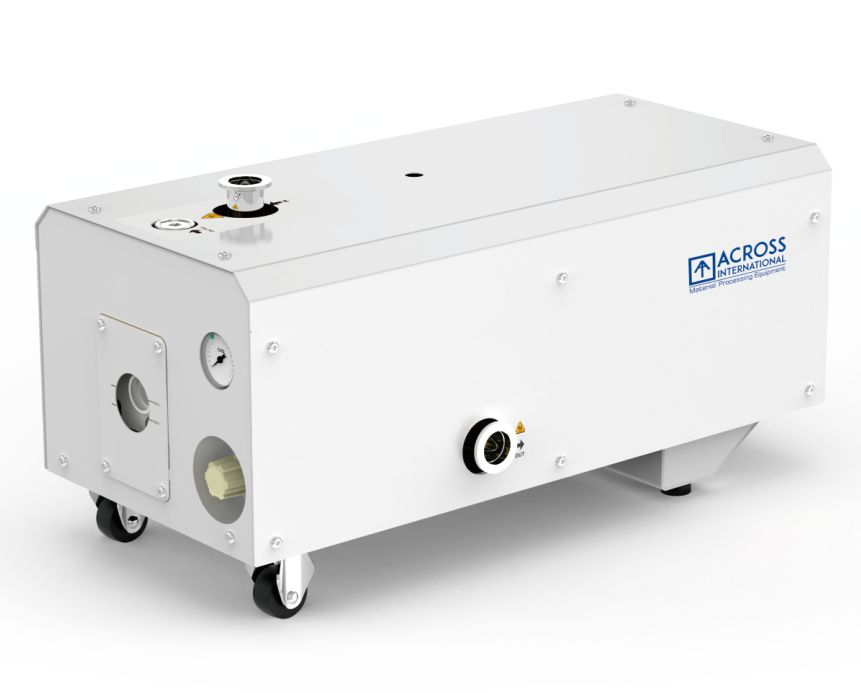Product Overview

Application: Plasma physics applications, freeze drying, Vacuum oven, thin film deposition, electron microscopy, mass spectrometry.
A dry screw vacuum pump is a type of vacuum pump that uses two intermeshing screws (rotors) to compress and move gas from the inlet to the exhaust, creating a vacuum without the use of oil or other sealing liquids in the pumping chamber. Unlike traditional oil-sealed pumps, dry screw vacuum pumps operate "dry," meaning there’s no liquid lubricant or sealant in contact with the process gas, which makes them ideal for applications where contamination must be avoided.
Here’s how it works in simple terms:
The two screws rotate in opposite directions without touching each other or the pump housing, thanks to precise timing gears.
Gas is drawn into the pump, trapped between the screw threads and the housing, and then compressed as it moves toward the exhaust.
The design minimizes wear and keeps the process clean since there’s no oil to contaminate the gas or vacuum environment.
They’re commonly used in industries like chemical processing, pharmaceuticals, semiconductor manufacturing, and food packaging, where maintaining a clean, oil-free vacuum is critical. Advantages include low maintenance, high efficiency, and the ability to handle corrosive or dirty gases.

Screw type Dry vacuum pump rotates a pair of non-contact multi-stage rotors, synchronized by timing gears. The timing gears and bearings are enclosed in a compartment that is independent of the casing. Perfluoro-Polyether (PFPE) oil and grease are used for lubricating the internal gearbox without polluting the applications. The only maintenance of this pump is once a year change the factory pre-filled lubrication oil.



Dry screw vacuum pump versus diaphragm pump
To compare these 2 type of pumps, we need to look at their designs, operating principles, and typical use cases. Both are "dry" technologies (no oil in the pumping chamber), but they differ significantly in performance and application. Here’s a breakdown:
Dry Screw Vacuum Pump Advantages Over Diaphragm Pump
- Higher Vacuum Levels:
Dry screw pumps can achieve deeper vacuum levels, typically down to 10⁻³ mbar or lower, making them suitable for industrial processes requiring high vacuum (e.g., semiconductor fabrication). Diaphragm pumps usually top out at around 1-10 mbar, limiting them to rough or medium vacuum applications (e.g., lab filtration).
- Greater Pumping Speed:
Dry screw pumps have higher throughput and can handle larger gas volumes, often in the range of tens to hundreds of cubic meters per hour. This makes them ideal for continuous, large-scale operations. Diaphragm pumps are slower, with lower flow rates (typically a few liters per minute), better suited for small-scale or intermittent tasks.
- Handling Harsh Gases:
Dry screw pumps excel at managing corrosive, dusty, or condensable gases due to their robust design and ability to operate without liquid seals that could degrade. They’re often used in chemical or pharmaceutical industries. Diaphragm pumps can handle some corrosive gases (if equipped with resistant materials like PTFE), but they’re less durable under heavy loads or with particulates, as the diaphragm can wear out.
- Continuous Operation:
Dry screw pumps are built for 24/7 industrial use with minimal downtime, thanks to their rugged construction and lack of wear-prone seals. Diaphragm pumps, while reliable, are more suited to intermittent use; prolonged operation can stress the diaphragm, leading to maintenance needs.
- No Pulsation:
The screw mechanism provides smooth, consistent gas flow without the pulsation inherent in diaphragm pumps, where the diaphragm’s back-and-forth motion creates pressure fluctuations. This matters in processes sensitive to flow stability. Where Diaphragm Pumps Might Have an Edge
- Cost and Simplicity:
Diaphragm pumps are generally cheaper and simpler, making them more practical for small labs or budget-conscious setups.
- Portability: They’re compact and lightweight, unlike dry screw pumps, which are larger and stationary.
- Low Noise: Diaphragm pumps tend to be quieter, while dry screw pumps can be noisy due to high-speed screw rotation (though noise can be mitigated with enclosures).
Summary
Choose a dry screw vacuum pump if you need high vacuum, high flow, durability for tough gases, or continuous industrial use.
Opt for a diaphragm pump if you’re working with lighter duties, need portability, or want a cost-effective solution for rough vacuum tasks.



